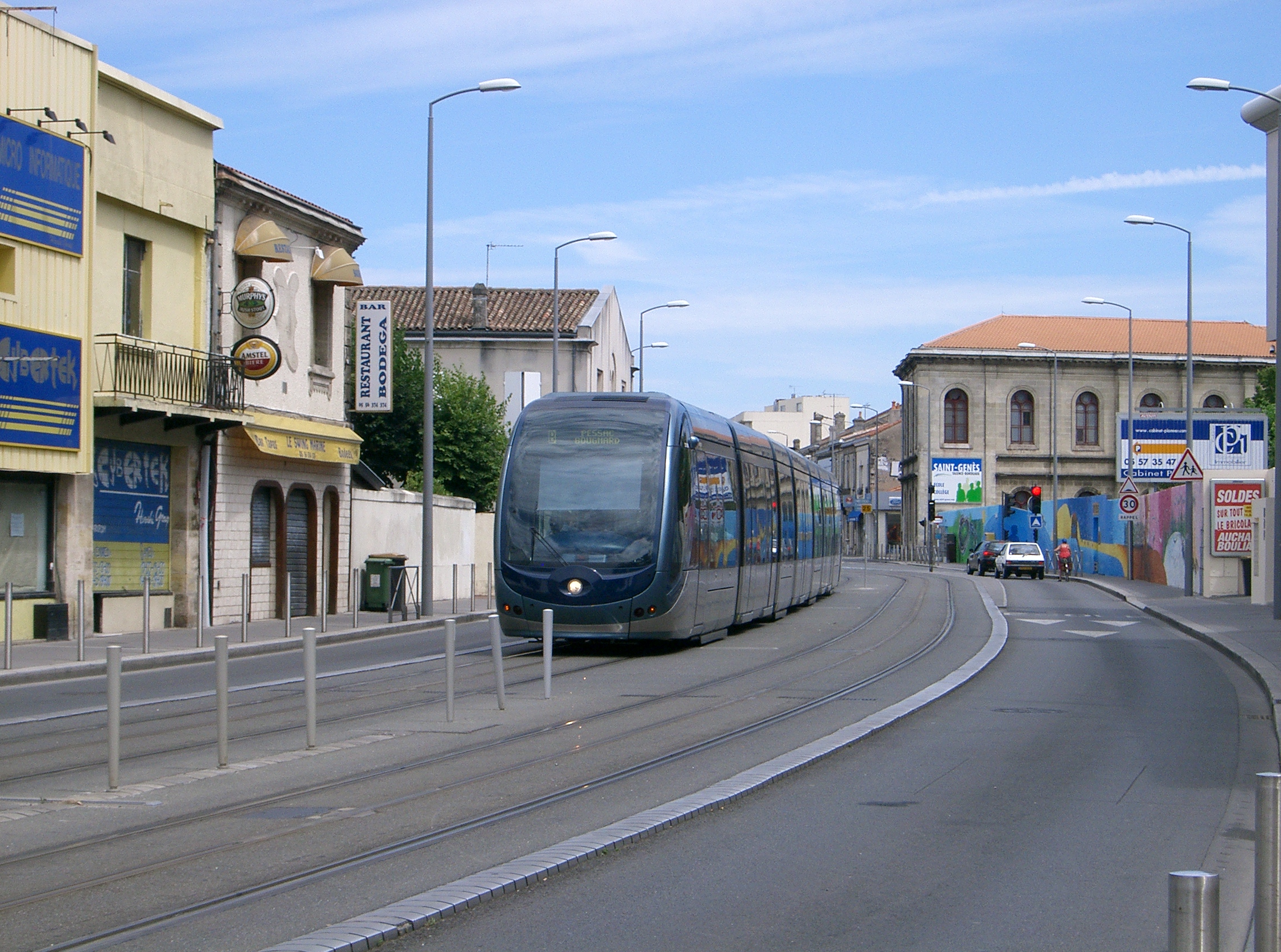Streetcar vs Light Rail: Rumble in the Avenue
One of the things that has caused confusion in this mayoral campaign has been the difference between streetcars and light rail transit. In this post, I hope to dispel some of the confusion.Streetcars and light rail share much more than politicians would have you believe. The main argument as to why streetcars are bad and light rail is good is that streetcars are not wheelchair accessible. This is a stretch of the fact. The reason that streetcars in Toronto are not accessible are because they were first appeared in 1977, when accessibility was not a concern. The ease of use by riders with special needs is not tied to the technology. Here's the facts:
Vehicles
Streetcars and Light Rail can use the same type of vehicles. The vehicles are low floor and wheelchair accessible with ramps, and can be equipped with all the convenience features of the new subway car order, such as automatic stop announcements and active route maps. Light rail lines tend to operate as point-to-point lines like the subway, so control stations are necessary at both ends and doors necessary on both sides. Streetcars tend to operate on lines which are enclosed loops, but there are no technical restrictions on this. A double ended car can operate on a loop line as necessary, with the extra doors and extra cab disabled.
Here's an example of a Bombardier FLEXITY Classic, a vehicle which blurs the already blurry line between Streetcar and Light Rail.
 The FLEXITY family also includes the Swift, which Bombardier displayed in front of the Hummingbird Centre a few years ago.
The FLEXITY family also includes the Swift, which Bombardier displayed in front of the Hummingbird Centre a few years ago.Fare Collection
Streetcars in Toronto have always had the fare collected on board, but there is no set-in-stone rule that says this has to happen. Ticket vending machines can be installed at the stops to allow passengers to buy tickets before boarding, allowing passengers to board at all doors and reducing dwell time. Of course, fare inspection would be necessary to catch fare cheats. On light rail lines, proof-of-payment with ticket vending machines and fare inspections is the norm. Fare card readers can be used in the same way on either system - either with curbside readers or readers on board the train.
Guide Way
The first difference between Streetcars and Light Rail is the route it takes. Streetcars spend most of their time in street, and operate in mixed traffic. This leaves them open to delays caused by drivers who get in the way, but it does reduce the cost to construct the line. Light rail operates almost exclusively in reserved right of ways. They almost eliminate the delays caused by bad drivers and their construction can be tied to urban design products to beautify the area as whole. On the downside, they are more expensive, can only be constructed on streets wide enough to have lanes left for drivers, and have proven controversial in some cases.
There are other options for the guide way, including railway corridors, elevated sections and underground tunnels, but generally speaking, the line is classified by where the trains spend most of time, or by the network they are a part of. Here, we see a vehicle in Bordeaux operating in a right-of-way. Interestingly, this line uses an electrified third rail system that only powers the part of the track that the train is traveling over, eliminating the chance of a pedestrian being electrocuted.

Stations
For the purpose of this section, I will focus on the typical intermediate stop. For streetcars, this is in the form of a stop on the street corner. Depending on the ridership at that stop, benches and shelters may be present. For the most part, stops are placed as close together as bus stops are, allowing passengers to get off close to their destination. However, since the stops are on the corner and the rails normally laid in the passing lane, streetcar passengers must cross an active lane of traffic. A driver who doesn't stop for the open door can cause serious destruction. Where passengers would have to cross two active lanes, the TTC has installed safety islands where people can wait until the traffic light gives them safe passage.
For light rail, stops are built into the right-of-way much like the stops on the Spadina streetcar line, but larger. All stations have shelters and benches, with additional facilities depending on the type of right-of-way the station is located on. The stops are generally spaced at distances comparable to the separation between subway stations.
Conclusions
Light rail and streetcars have their differences, but these differences are ambiguous. Is the 501 Spadina a streetcar, or is it a light rail line? It has streetcar-like vehicles and uses streetcar-like fare payment, but it runs on a light rail right-of-way with light rail stations? Would changing one of those characteristics change the term we use to describe the line?
Light rail hasn't gotten a fair chance in this city because the drawbacks of streetcars are always used as arguments against it. That's the main reason why I've written this post - to compare the characteristics in hopes of dispelling the myths that streetcars are inherently bad. Ideally, we should choose light rail over streetcars, but we need to stop bashing streetcars in order to prop up its cousin.
I'll leave you with this video of the Portland, Oregon streetcar. Is it generally regarded as a streetcar, but it shows how technology usually associated with light rail can be used on the streets. The TTC has looked at system in Portland in the past, so don't be surprised if the future brings a blurring of the lines between streetcars and light rail in the GTA.
Labels: GTTA plan, light rail, streetcars


0 Comments:
Post a Comment
Subscribe to Post Comments [Atom]
<< Home